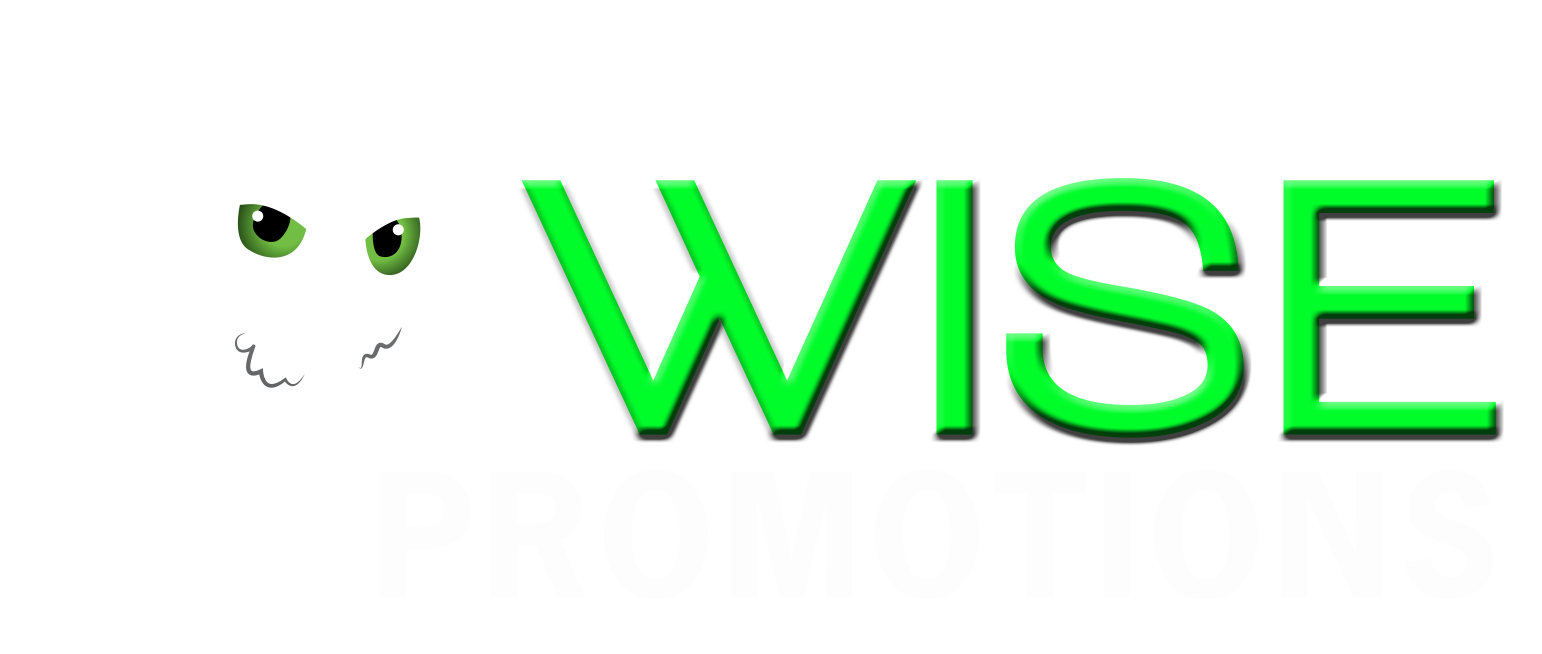0
-
An empty cart
You have no item in your shopping cart

In the promotional industry, branding methods are crucial for creating memorable and impactful products that effectively represent and advertise a company. Here are some of the most common and effective branding methods used in the promotional industry:
Each of these methods offers unique advantages depending on the product type, design complexity, and desired outcome, allowing businesses to choose the best approach for their promotional needs.

No Comments